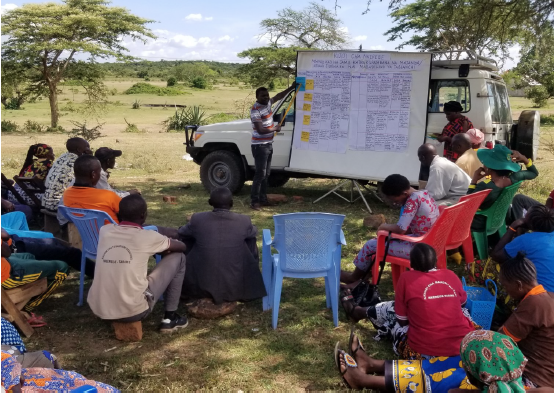The Next Green Revolution – SAT contributes to National Geographic article
We would like to warmly thank Tim Folger, author of the article “The Next Green Revolution” for giving SAT the opportunity to contribute to such an important debate. The article poses crucial questions, pinpointing the challenges of today’s world food production. Tim Folger gives a neutral tune to the debate GMOs vs. organic farming whilst winding himself through the labyrinth of solutions available of the world’s scientists and agricultural experts.
Do we need another green revolution? What role should biotechnology have in it? What do farmers really need in order to keep the food supply going for the growing population?
The answers to these questions may vary; SAT nevertheless keeps a firm opinion. As our director Janet Maro states in this article, our experience has taught us that GM crops and pesticides are not the right tools to improve agriculture and keep up the food supply. Here in Tanzania, where small-scale farmers are the main suppliers of the local food markets, methods such as composting and mixed cropping have helped improve yields, control pests and avoid expensive inputs which farmers cannot afford. Our observations show that organic agriculture methods are well adapted to the local circumstances and can be easily conveyed to farmers.
It is important to keep in mind that agriculture is multifunctional, not a linear but a crosscutting discipline, and approaches to improve it should therefore take a holistic view on the topic. As an example, the biological pest-management implemented by Hans Herren, director of Biovision, managed to successfully fight the Cassava Mealybug and prevent a major food crisis, whilst all conventional agriculture science approaches failed. Where conventional agriculture science further fails, is when it comes to taking into account socio-cultural implications. Trying to solve an agricultural problem in the USA or in countries such as Tanzania or India is quite a different issue, and not only environmental conditions need to be taken into account.
This is where we feel lies our advantage. Working on the field, we observe and experience every day the challenges and issues a subsistence farmer faces. And our assessment is clear: the low tech and low input way of organic agriculture is the way to go in farming in Tanzania.
read the whole article The Next Green Revolution here:
http://www.nationalgeographic.com/foodfeatures/green-revolution/






